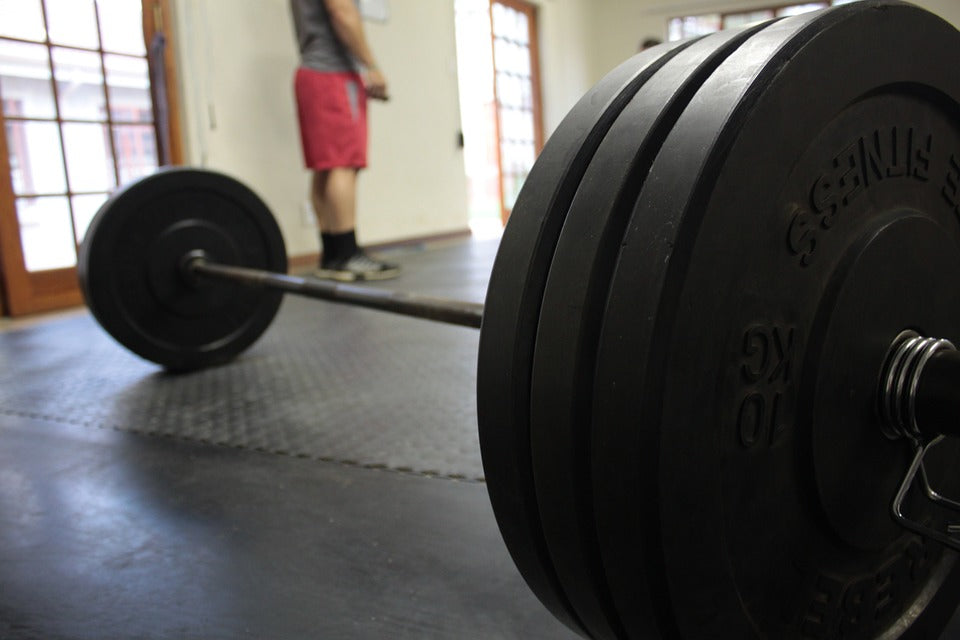
Factors to Consider When Buying a Weightlifting Bar
Share
Almost every CrossFit athlete knows the benefit of the barbell workout. However, not everyone is aware that the size and weight of the lifting bar can significantly affect the effectiveness of their exercises. Among the CrossFit WODs that involves some type of lifting include strongman, powerlifting, Olympic lifting, and other exercises.

The Men’s, Women’s, and Youth Lifting Bars
The bar that you find in most gyms today is the 20kg men’s bar. This doesn’t mean that manufacturers do not produce other types of weightlifting bars. You may find other bars measuring 15kgs and other 10kgs. One of the easiest ways to distinguish between male and female weightlifting bars is the absence of knurling at the center of the female bars. The following are some of the specifications that will help you further distinguish the different types of bars.
• Men’s barbells usually measure 2.2 meters in length, 28 millimeters in diameter, and 20 kilograms in weight.
• Women’s barbells measure 2.01 meters in length, 25 millimeters in diameter, and 15 kilograms in weight.
• Lastly, youth barbells measure 1.7 meters in length, 25 millimeters in diameter, and 10 kilograms in weight.
Features You Should Consider
There are several features which you should bear in mind when buying a barbell for your CrossFit training routine. Some of these include:
Whip of the Bar
The whip refers to the ends of the bar which bounce off at the end of a phase of a lift or a repetition. The ends of the bar are usually moving even when the lifter is stationary. The main elements in determining the amount of whip include the material used in making the bar. The thickness of the plates may also affect the whip the athlete can generate. For instance, bumper plates spread the load on the collar of the bar making it behave differently from how it would have behaved if calibrated weight plates were used.
Barbell Sleeves
The sleeves are part of the barbell and determine the spin the bar will have. The spin is permitted through the use of bushings or bearings. Bushings are normally placed between the sleeve and the shaft and offer low friction. Bearings, on the other hand, offer a much faster, quieter, and smoother spin. They are made from metal balls or small needles which roll within the sleeve.
Barbell Strength

There are two main measurements which determine barbell strength, and these include tensile strength and yield strength. Yield strength refers to the amount of weight required to bend and deform the bar permanently. Tensile strength is basically the breaking point of the barbell, and it is measured in pounds per square inch. When looking for a good weightlifting barbell, go for one with ratings of 165,000 PSI and above.
Load Capacity
This is determined by the length of the sleeve. The width of the plate is the biggest determining factor that affects load capacity. Compared to cast iron gym plates, competition powerlifting weight plates are much thinner. The reason is that in powerlifting disciplines, much greater loads are handled. Olympic weightlifting bars do not take up as much load because the load potential is a lot lesser. This is why the barbells must be relatively wider and designed to absorb shock arising from the plates being dropped from overhead.
Other factors to consider include the finish on the sleeves and bars, and knurling. Getting the right weightlifting barbell is quite challenging, but when you have it, your workouts will be awesome.


